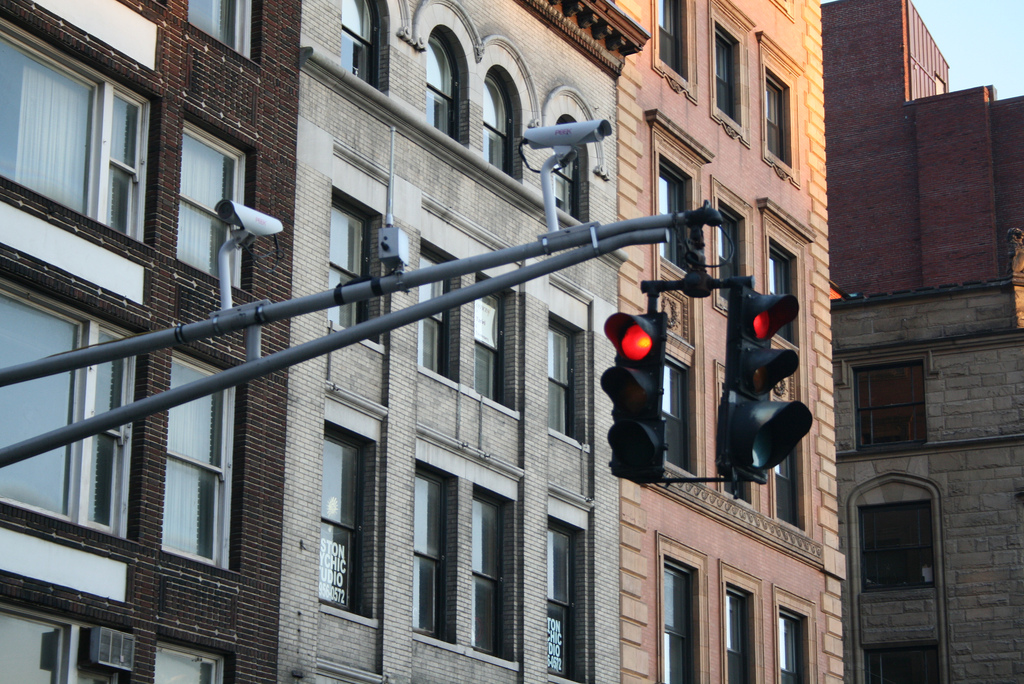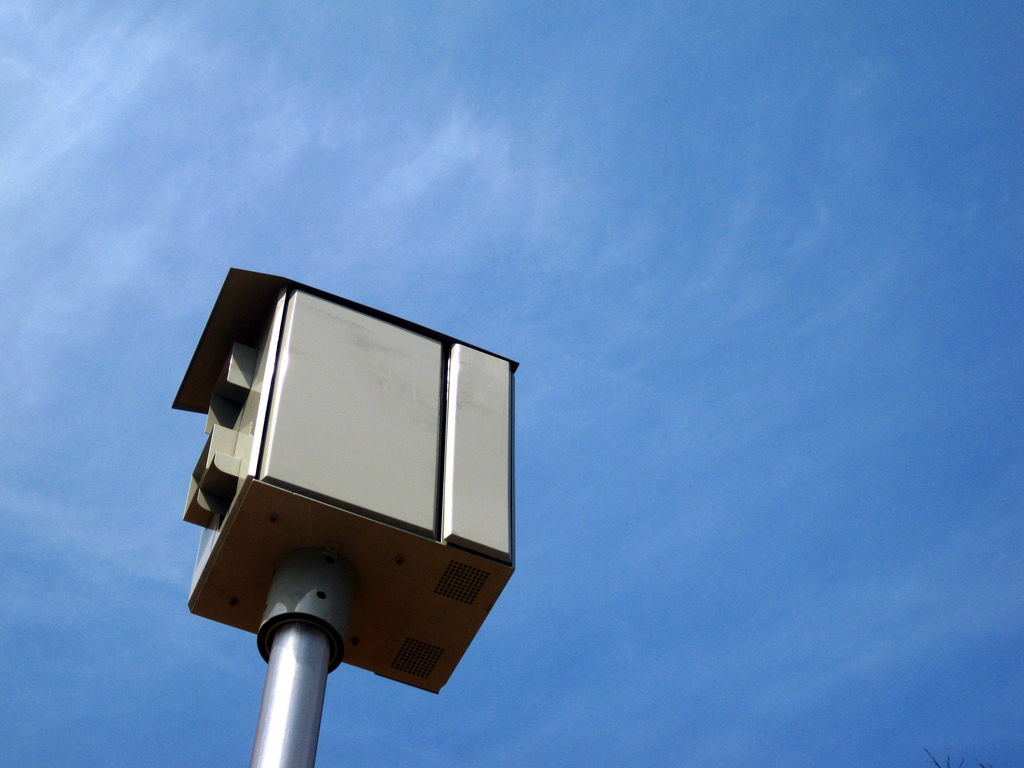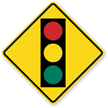Red light cameras result in a drop in right-angle crashes in New Jersey
Recently released data now reveals that right-angle crashes are continuing to decline at New Jersey intersections where American Traffic Solutions’ red light safety cameras are installed, according to the Rutgers Plan4Safety crash database. Plus, there is more good news: Of those vehicles receiving a violation, almost nine out of ten have not received a second violation.
“Right-angle crashes, those most often caused by red light runners, are most likely to cause injury or death,” according to the American Traffic Solutions. The purpose of red light cameras is to modify drivers’ behavior on the road. The cameras can help police enforce laws and discourage red light-running drivers with fines and violations.

via Jeramey Jannene.
Throughout New Jersey, 25 municipalities have red light safety cameras in place. While hailing from that state, the data does suggest similar positive results in other areas that use red light cameras. Explains Charles Territo, spokesperson for American Traffic Solutions: “These numbers are consistent with what communities across the country are experiencing. Red light cameras improve safety at dangerous intersections by changing driver behavior.” The data makes it clear that the cameras are working in New Jersey. Territo continues, “In programs throughout the state, violations and crashes continue to decline.”
The crash data was obtained from 26 intersections in 15 New Jersey townships where American Traffic Solutions’ cameras have been used for at minimum one year. The data shows that the total number of right-angle crashes has dropped by an average of 11 percent; those intersections with cameras in use for two years show a larger decrease in right-angle crashes. Specifically, those areas with cameras installed for two years have shown a 59 percent decrease from the first year to the second year of camera usage.

via Scott Akerman.
Now, for the specifics: The number of right-angle crashes taking place at intersections with the red light cameras installed for one year dropped from 64 to 57 crashes. The number of right-angle crashes at intersections with the cams installed for two years dropped from 34 to 12 crashes. Other crash data suggests that there is a direct connection between the red light cams and the drop in crashes: Right-angle crashes at control intersections — without red light cams installed — jumped by 46 percent, from 26 to 38 crashes, over the same time period. Another related finding also suggests that the camera enforcement is encouraging drivers to adopt other habits: The number of camera-issued violations has dropped by almost 60 percent since September 2010.
Red light cameras have been used in U.S. cities since the 1990s — though certain states, including Arkansas, Nevada, New Hampshire, Maine, and West Virginia, among others, have outlawed their use. An extensive international study found, based on three decades of data obtained from Singapore, Australia, the United Kingdom, and the U.S., that red light cameras “improve the overall safety of intersections” where they are in use. Safety is improving in notoriously trafficked New York City, which installed red light cameras this year. The City found that safety camera intersections experienced a 56% drop in major injuries, a 44% drop in pedestrian injuries, and a 16% drop in all injuries.
Category: Enforcement, Trends, Uncategorized

















